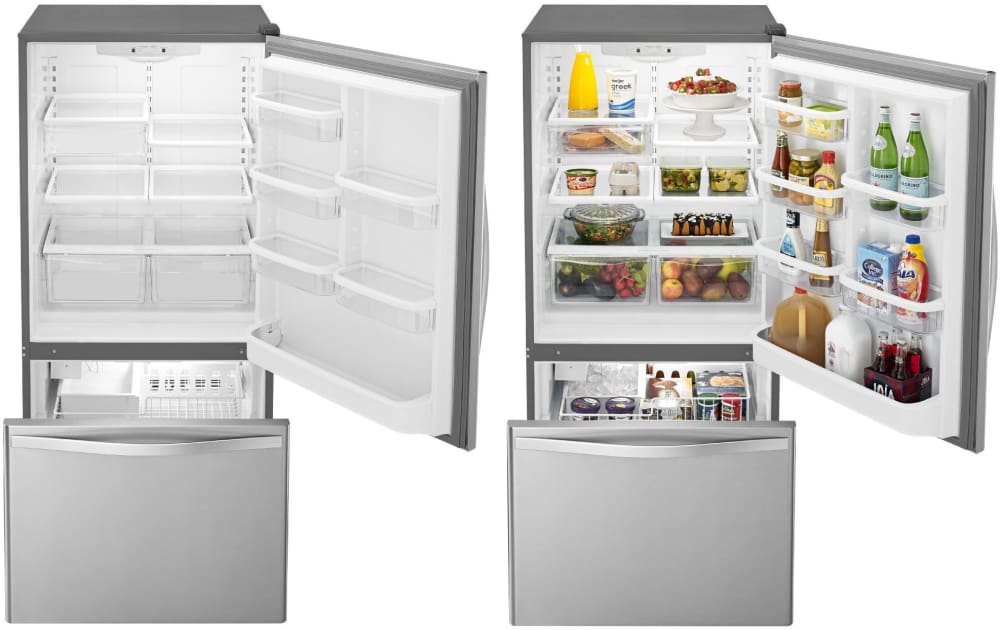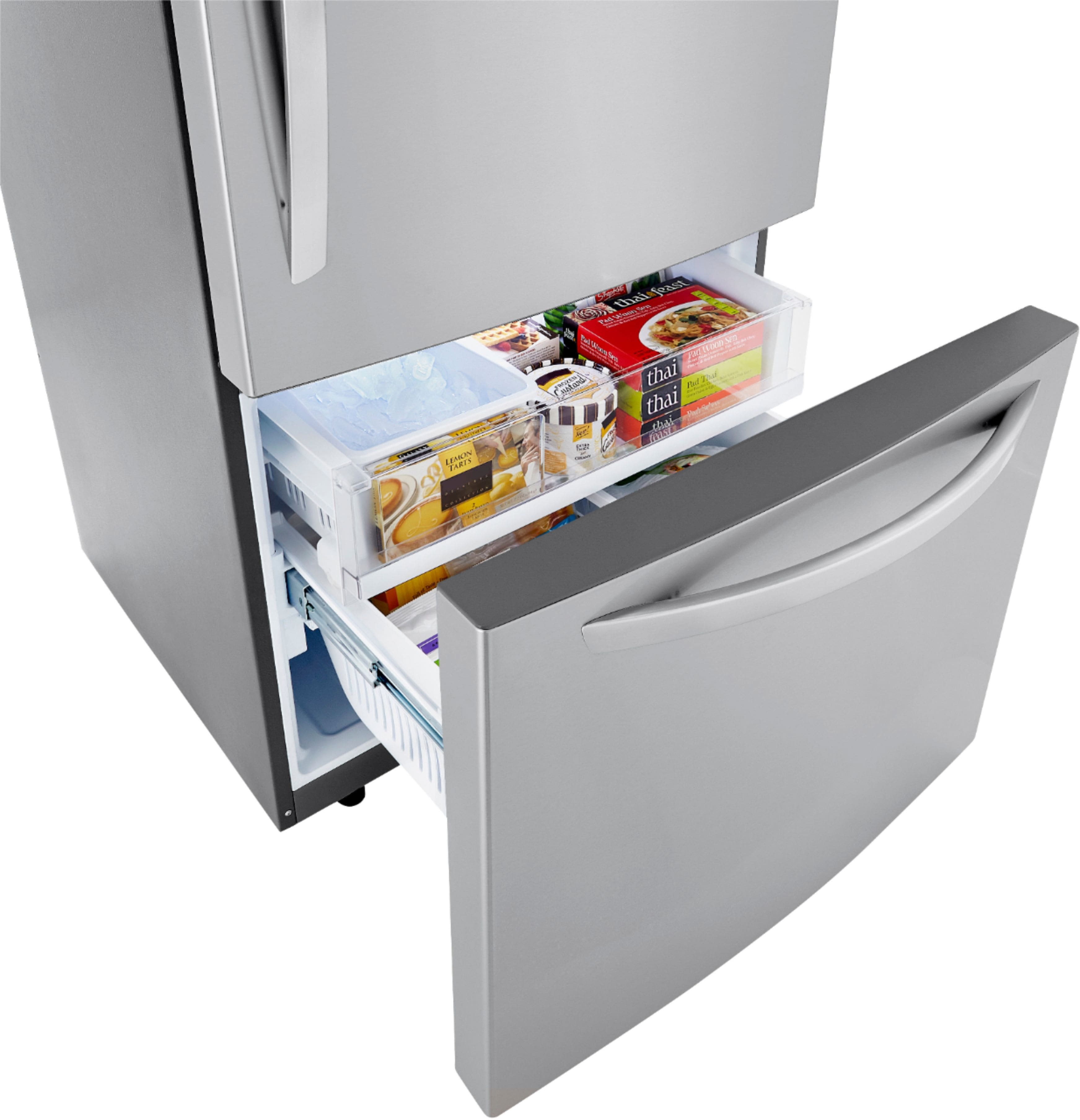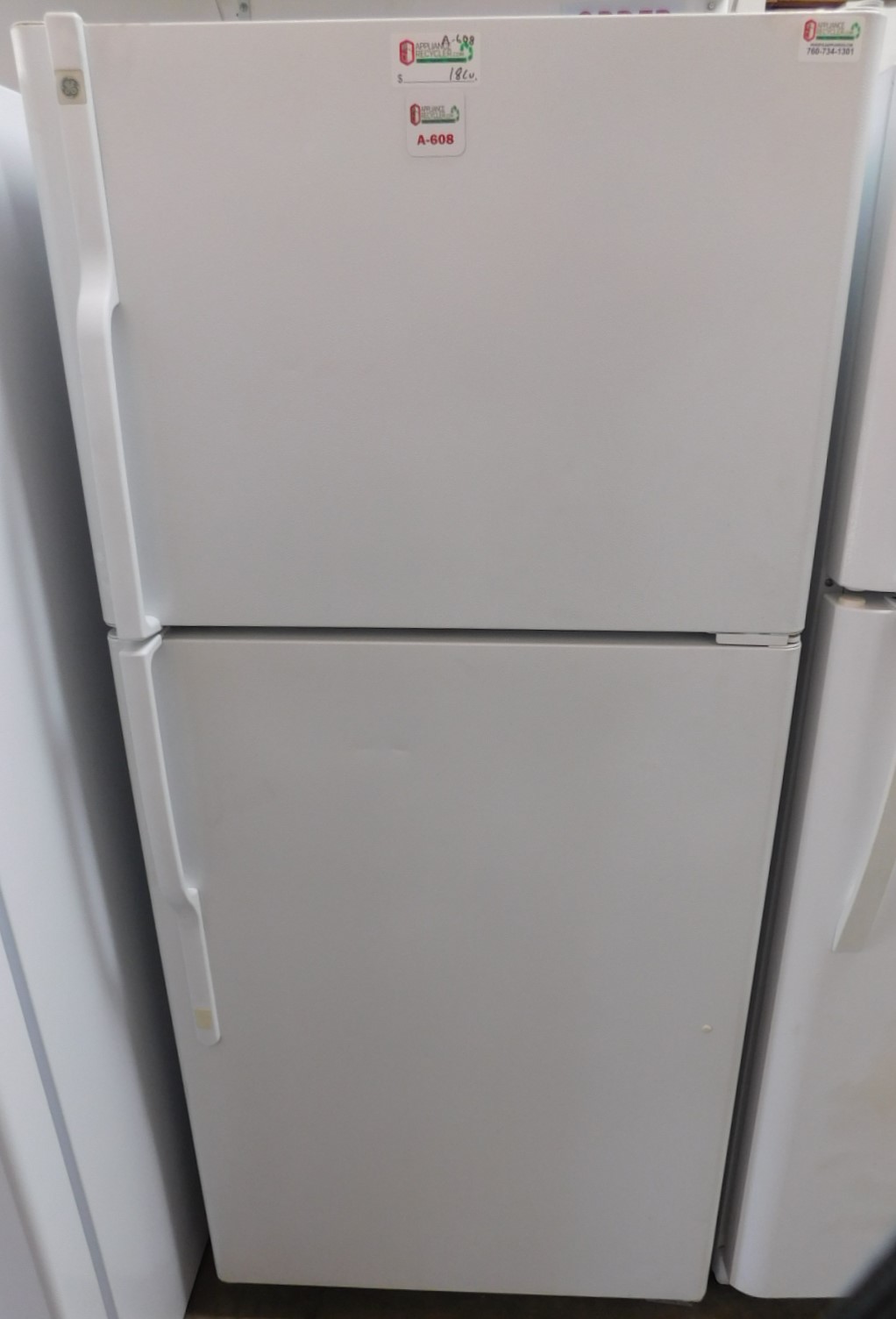Refrigerator No Ice Maker Bottom Freezer
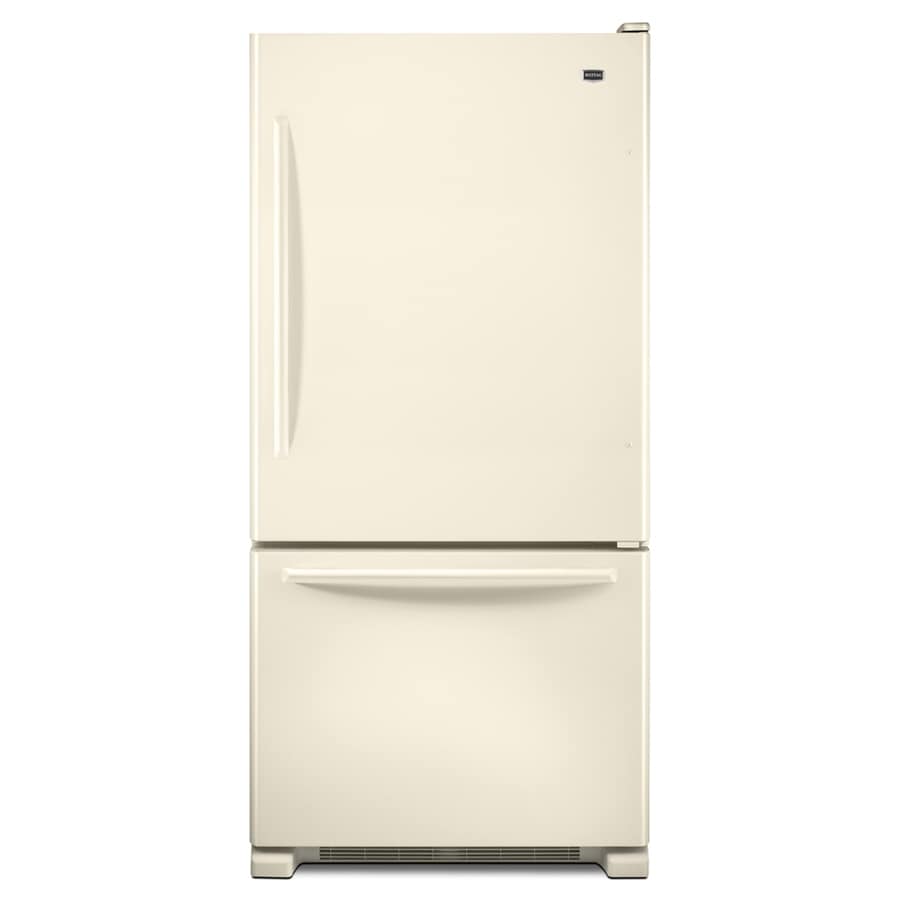
Consumers are facing a surge in demand for refrigerators without ice makers and with bottom freezers, leading to shortages and price increases across major retailers. The trend, fueled by concerns over reliability and space optimization, has caught manufacturers off guard.
This shift highlights a growing preference for simpler, more durable appliances. It also underscores a desire for maximized storage capacity within the refrigerator compartment.
The Refrigeration Revolution: Ditching the Ice Maker
Several factors contribute to this sudden demand. Consumer Reports data indicates that refrigerators with ice makers are more prone to repairs. This issue drives consumers toward simpler, more dependable models.
The minimalist movement also influences this trend. Many are choosing larger refrigerator space over built-in ice production.
Supply Chain Struggles
Manufacturers like Whirlpool and LG are struggling to meet the unexpectedly high demand. Global supply chain issues exacerbate the problem, slowing down production and delivery.
A Whirlpool spokesperson confirmed delays, stating, "We are working diligently to address the increased demand for bottom freezer, no ice maker models while navigating ongoing supply chain disruptions."
Retailers, including Home Depot and Lowe's, report dwindling inventory. Online listings often show extended delivery times or "out of stock" notices.
Price Hikes Imminent
The scarcity drives up prices. Experts predict a 10-15% increase in the cost of these models in the coming months.
Consumer advocacy groups urge shoppers to compare prices and consider alternative options. These alternative options can be separate ice makers or smaller top-freezer models.
According to a recent survey, 78% of consumers prioritizing reliability over convenience now favor no-ice-maker refrigerators.
Location Data: Where are the shortages?
Shortages are most pronounced in urban areas with smaller kitchens. Consumers in apartments and condos often prioritize maximizing storage space.
The West Coast and Northeast regions are experiencing the most severe shortages. This stems from higher housing density and a general trend towards minimalist living.
Demand is expected to peak during the summer months. Families preparing for gatherings and wanting to maximize cold storage space further deplete existing stocks.
Consumer Impact and Solutions
Consumers are advised to order refrigerators well in advance. They should also consider exploring refurbished or open-box options for immediate needs.
Several appliance repair shops report a surge in calls. Many of the calls ask about disabling existing ice makers in older refrigerators to free up space and reduce potential breakdowns.
"We're seeing a lot of people asking about how to simply remove the ice maker mechanism," says John Davis, a local appliance repair technician. "It's cheaper than buying a new fridge, and it solves their immediate storage problem."
Ongoing Developments
Manufacturers are reallocating resources to increase production of these in-demand models. But, experts say it may take several months to fully replenish inventory.
Consumer Reports is planning to release an updated refrigerator buying guide. This guide will focus on reliability ratings and storage capacity comparisons, to help consumers navigate the current market.
The industry is closely watching sales data. The data will determine long-term production strategies to avoid similar shortages in the future.
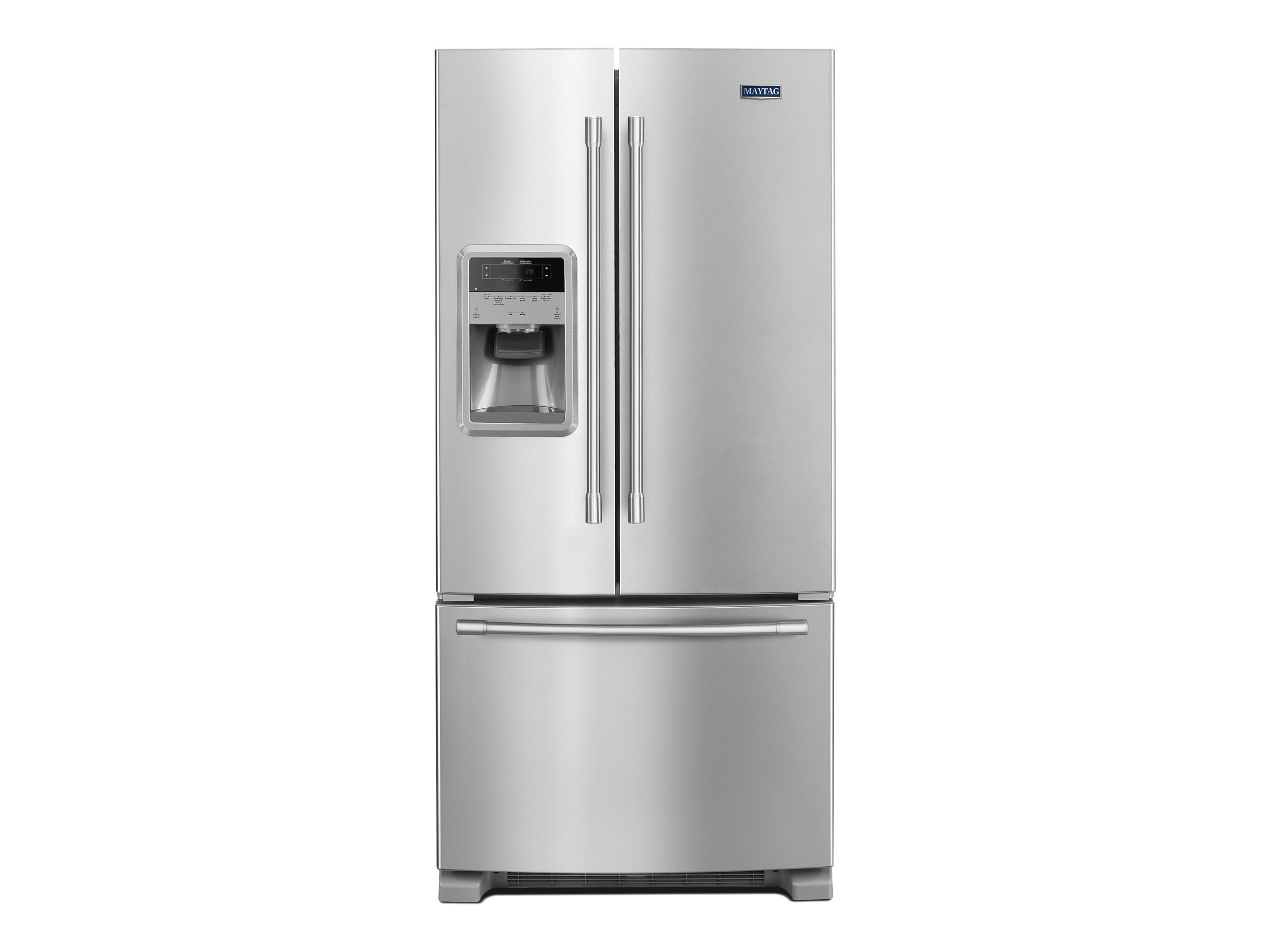



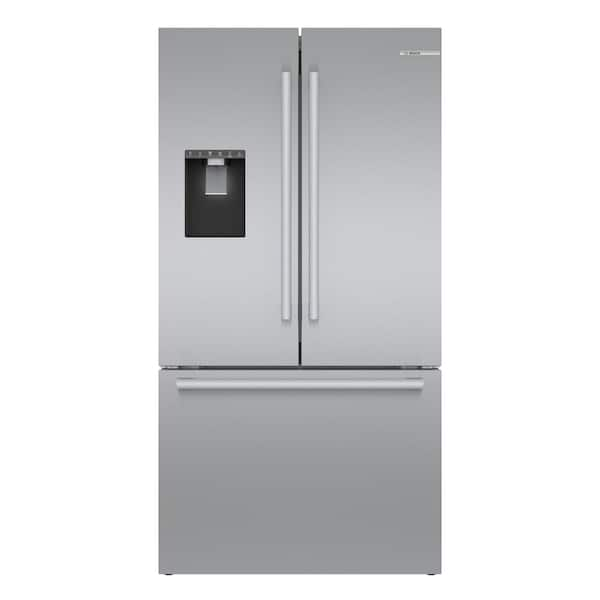

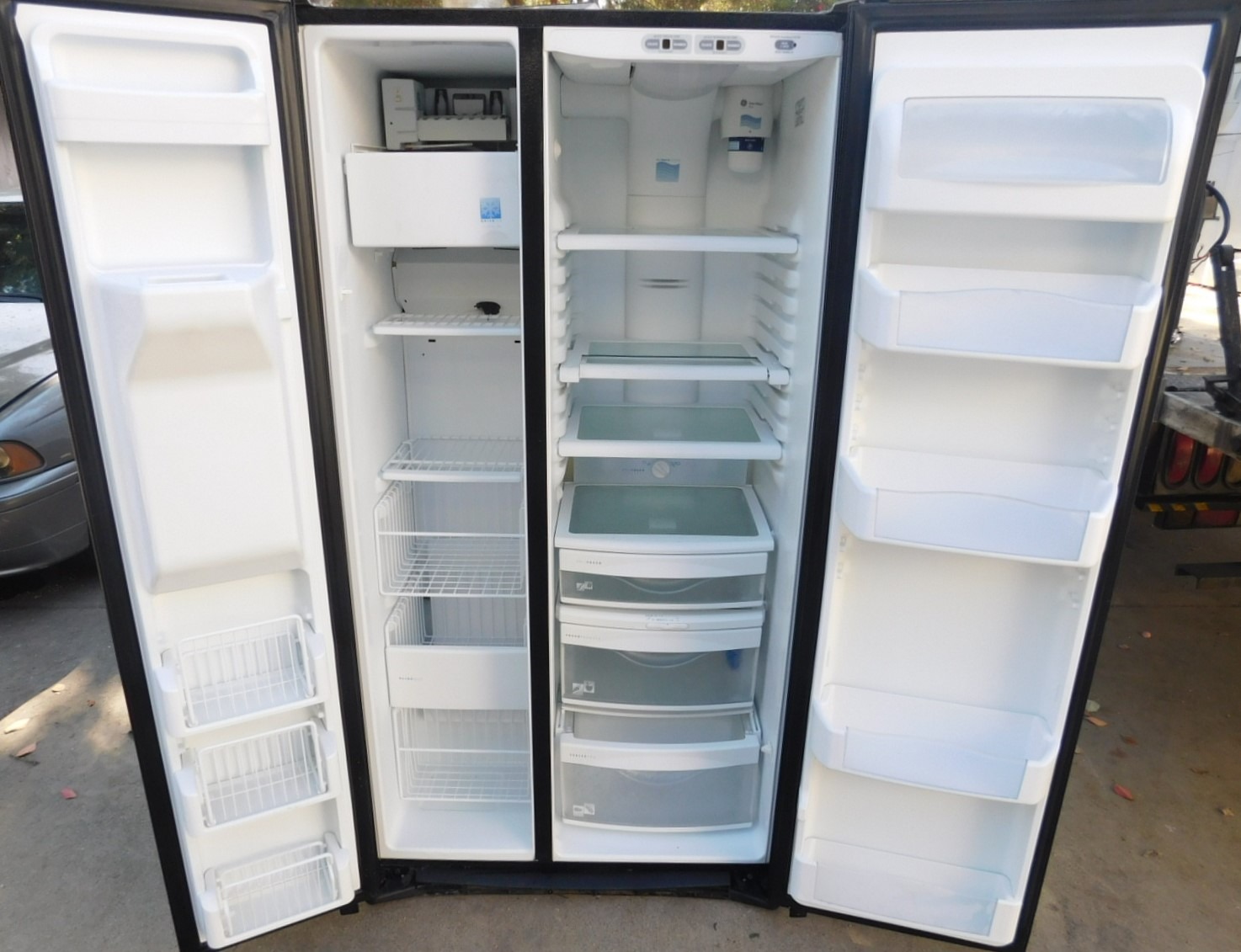
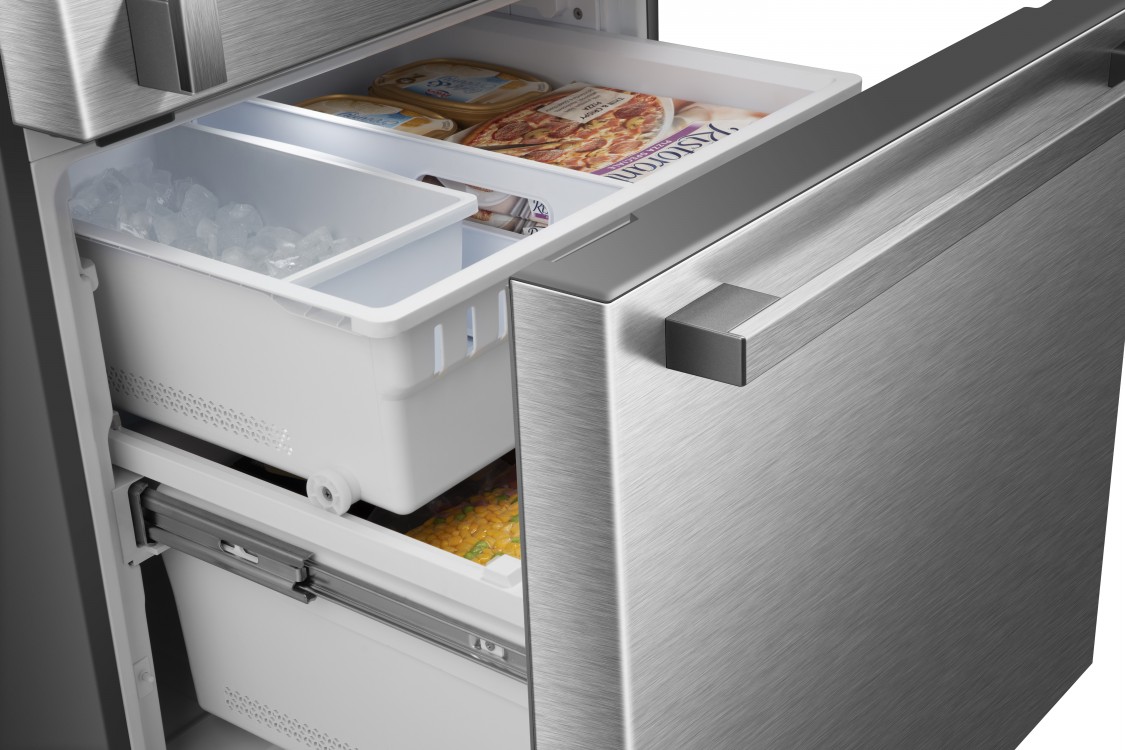



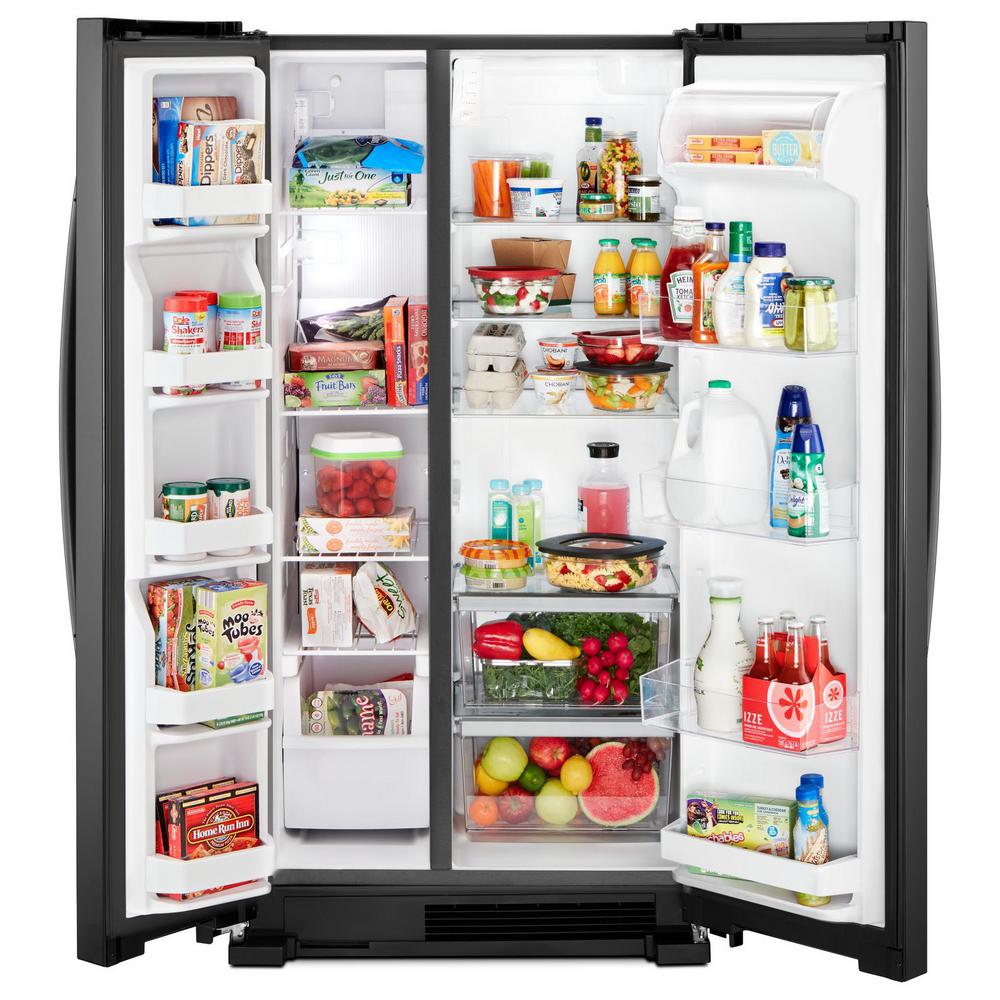
:max_bytes(150000):strip_icc()/KenmoreElite79043BottomFreezerRefrigerator-5b759f8446e0fb00500f137d.jpg)
